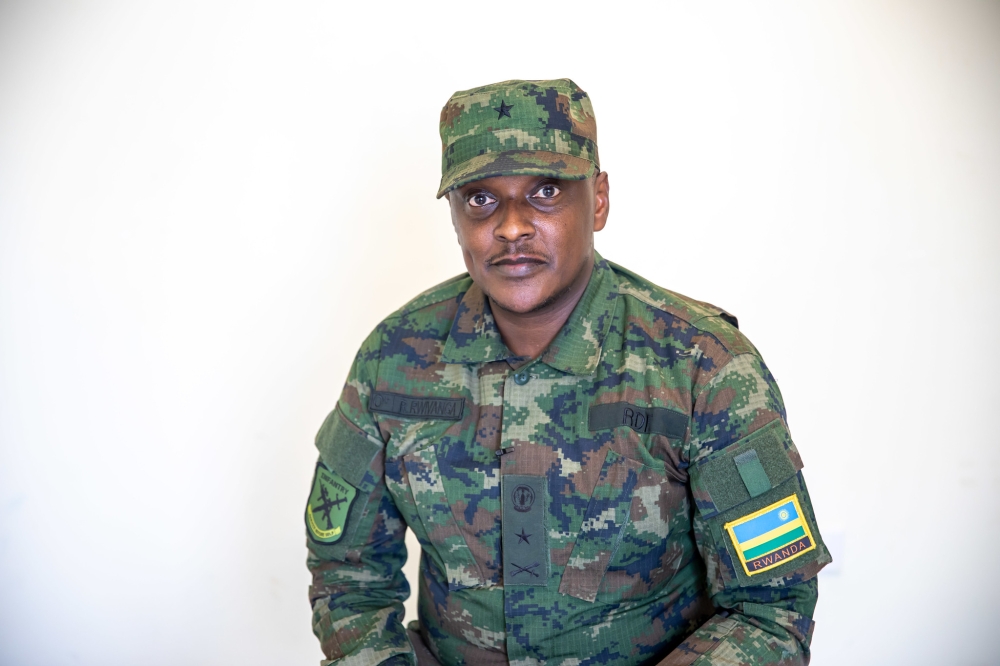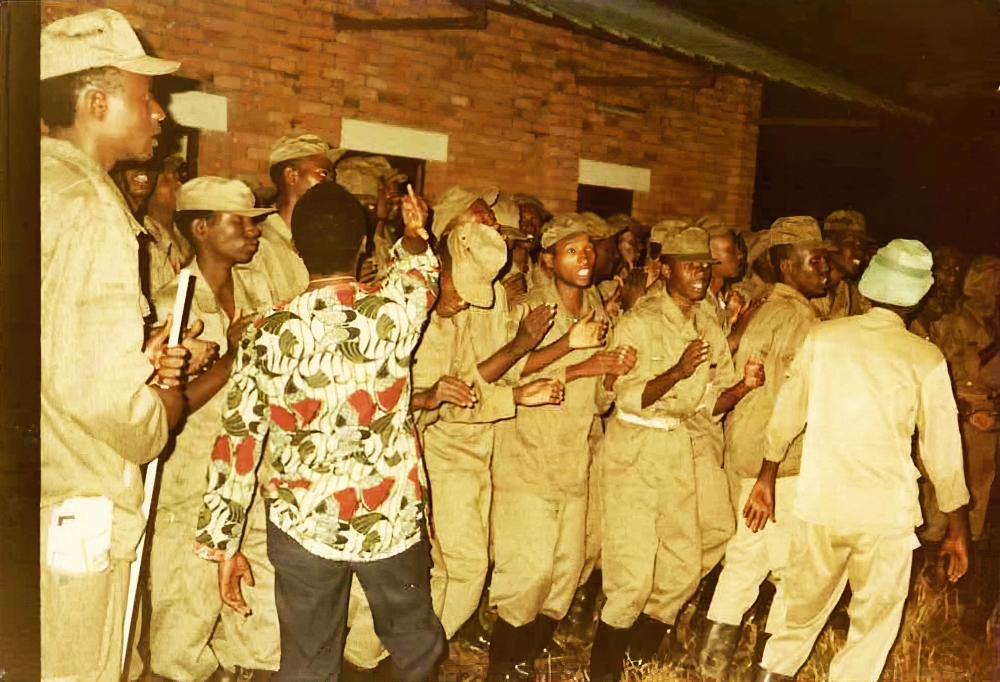

On July 4, 1994, the Rwanda Patriotic Front (RPF Inkotanyi)’s military wing – the Rwanda Patriotic Army (RPA) – defeated Juvenal Habyarimana’s regime and the army for which he was the commander in chief of.
That army was, in general, implicated in the 1994 Genocide against the Tutsi that claimed the lives of more than a million people, and destroyed the social fabric and unity of Rwandans, among other dire consequences.


But, after winning the victory, RPF Inkotanyi – the current ruling party – decided not to do away with FAR combatants, but rather to merge them into what subsequently became the current Rwanda Defence Force (RDF).
How did that become a reality, and what does it mean to Rwanda as a nation?
RDF Spokesperson, Brigadier General Ronald Rwivanga told The New Times that it came about initially from the directive of Commander-in-Chief, President Paul Kagame.
"Integration actually started way before the capture of Kigali. We integrated different elements of the FAR, who found themselves on our side but especially in the political aspect. People who were considered to be political rejects and were locked up in different prisons,” he said, citing the then Ruhengeri Prison.
"So, that was the beginning of the integration process. And that helped quite a lot in trying to remove those barriers that separated people and it was continuous throughout the struggle and even when we took over power in 1994,” he said.
ALSO READ: How Kagame masterminded RPA’s decisive campaign against Genocide within hours
The integration process of ex-FAR soldiers, he said, has been continuous over years.
"So far, and this is over the period of the 30 years, we have integrated about 47,000 in total,” he said, pointing out that the number includes those who were integrated from the Democratic Forces for the Liberation of Rwanda (FDLR) blamed for carrying out the 1994 Genocide against the Tutsi, and others that come in.
ALSO READ: FDLR commander surrenders
A vital factor for rebuilding Rwanda
Rwivanga said that the move was the cornerstone of the reconstruction process.
"So, the ex-FAR as an army was integrated within the RPA and we built a formidable force that was not based on ethnicity but rather based on the fact that we are all Rwandans and can work together to build the nation,” he observed.
To avoid impunity, Rwivanga said that those who were responsible for the Genocide faced justice.
"In the military, there are always ringleaders, people who are involved in commanding troops towards performing the acts that are considered illegal. So, those were held responsible, but the majority probably were just on the bandwagon. Therefore, in considering the integration process that was very fundamental,” he indicated, pointing out that they had to work out the strategy of integrating as many as possible and assessing case by case to see those ringleaders, those involved in the Genocide.
He underscored that the integration of ex-FAR facilitated national unity and reconciliation policies.
"When the army itself is a united army, one that depicts what the society looks like, then the rest will follow suit. The army set the example by integrating as many people who were in the forces that we were fighting against. That was very important because the army mirrors the society, and it has played a very significant part in the transformation for the country,” he said.
Integration process still open
Despite the olive branch that was extended to ex-FAR forces, some of them chose to stay in DR Congo under FDLR.
For Rwivanga, those who chose to stay may have their reasons, one of them being probably their responsibility in the Genocide against the Tutsi.
"However, they still have a chance to come clean. We haven't stopped the process of integration and the process of returning people to their homes. Of course, many are probably scared of the aftermath but there are many examples of those that have come back and are living a very normal life and are very happy building the country,” he said.


